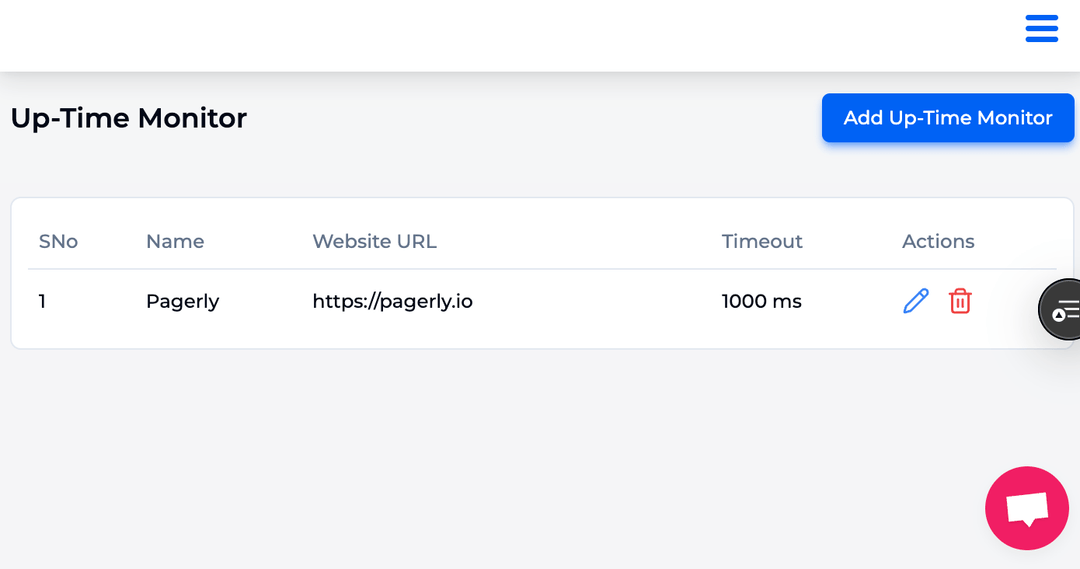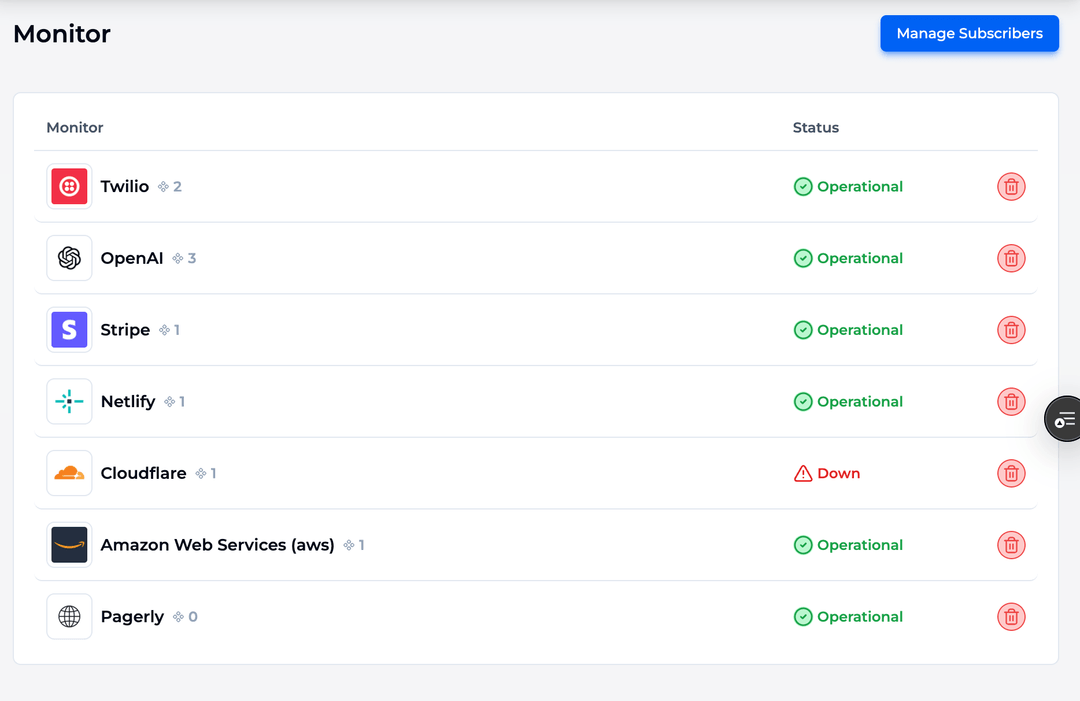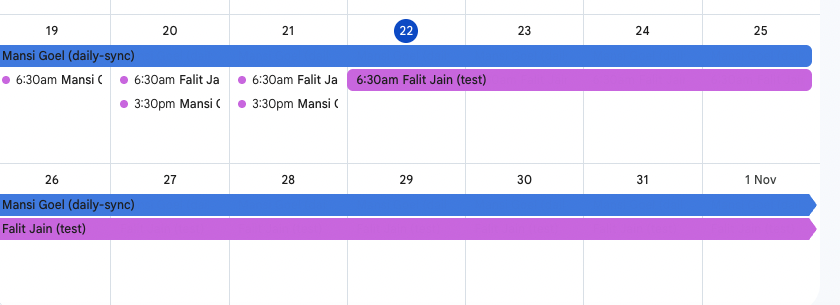
For years, Pingdom has been a popular choice for monitoring website performance and uptime. Owned by SolarWinds, Pingdom provided synthetic monitors, uptime checks, page speed tests, and real user monitoring (RUM). It became a go-to solution for small businesses, online services, and enterprises needing website uptime visibility.
But in 2025, the monitoring landscape looks very different. Teams are demanding:
The good news: Today there are better alternatives that provide a comprehensive monitoring solution with unique features, intuitive interfaces, and cost-effective paid plans.
This blog will explore the top 5 Pingdom alternatives in 2025, compare their core features, and explain why Pagerly stands out with 2-minute uptime monitoring, API checks, timeouts, and a powerful status page aggregator that competitors don’t offer.
Pingdom remains a well-known website monitoring platform, but users often face these challenges:
When evaluating website monitoring platforms, here’s what matters:
Pagerly is more than just an incident management platform — it has evolved into a comprehensive monitoring and reliability solution designed for modern engineering and support teams. Unlike Pingdom, which primarily focuses on uptime checks, Pagerly combines monitoring, incident response, and customer communication into one cohesive system.

👉 Learn more at Pagerly.io
A great alternative for small teams and startups.
Best suited for enterprises and analytics-heavy teams.
Popular among small businesses and small teams.
A heavyweight option for IT operations teams.
Looking at the comparison table, it’s clear that Pagerly combines multiple categories of tools into one streamlined platform. While Pingdom, Better Stack, or UptimeRobot each do one or two things well, Pagerly integrates monitoring, incident management, and customer communication under one roof.
Most competitors only offer 5-minute checks on their free plans, or charge extra for sub-minute monitoring. Pagerly’s 2-minute uptime checks for websites and APIs give teams an edge by spotting downtime almost instantly without breaking the budget.
One of Pagerly’s biggest differentiators is its status page aggregator. No other tool in this list provides a way to consolidate AWS, Stripe, OpenAI, and other third-party vendor status pages into one view. This means engineers and customers don’t waste time guessing whether downtime is on your side or due to a vendor issue.
While tools like UptimeRobot and Pingdom allow basic branded pages, Pagerly offers full customization — custom domains, logos, colors, and layouts. You can also run internal-only status pages so employees can quickly check outage updates without exposing sensitive information externally.
Pagerly doesn’t stop at websites and APIs. It tracks cron jobs and scheduled tasks, ensuring background jobs complete successfully. Only ManageEngine comes close here, but Pagerly does it with much simpler setup and Slack/Teams alerts baked in.
Pingdom and others offer alerts, but often rely on email or limited SMS. Pagerly supports Slack, Microsoft Teams, SMS, push notifications, and even phone calls, ensuring the right person is paged — especially critical during off-hours.
This is where Pagerly truly sets itself apart. Instead of just telling you something is broken, it helps you respond immediately. With its native Slack and Teams bots, you can:
Competitors like Pingdom and Better Stack stop at detection, leaving you to stitch together multiple tools.
Pingdom, New Relic, and ManageEngine often charge enterprise rates, with confusing tiers and usage-based overages. Pagerly offers straightforward pricing at $4/user/month, with no hidden charges, making it up to 80% cheaper than legacy monitoring vendors.
Unlike Pingdom’s limited free trials or ManageEngine’s enterprise focus, Pagerly offers a free trial without requiring a credit card. Teams can get started in minutes, making adoption frictionless.
Pingdom was once the go-to monitoring platform, but in 2025, teams expect more: advanced features, real-time insights, customizable status pages, and cost-effective pricing.
But the best Pingdom alternative is Pagerly — offering:
👉 Start your free trial at Pagerly.io — no credit card required — and get better uptime monitoring, real-time alerts, and operational excellence.
